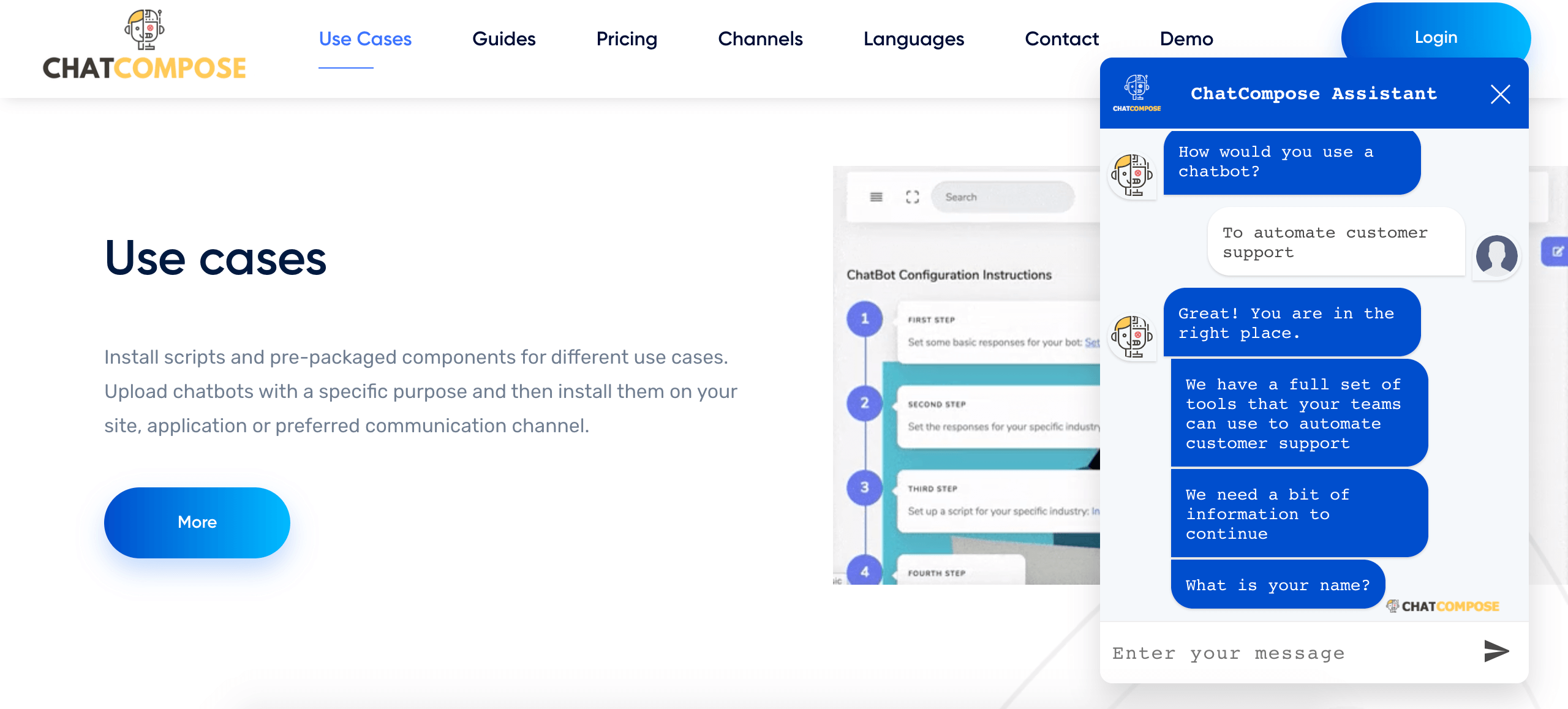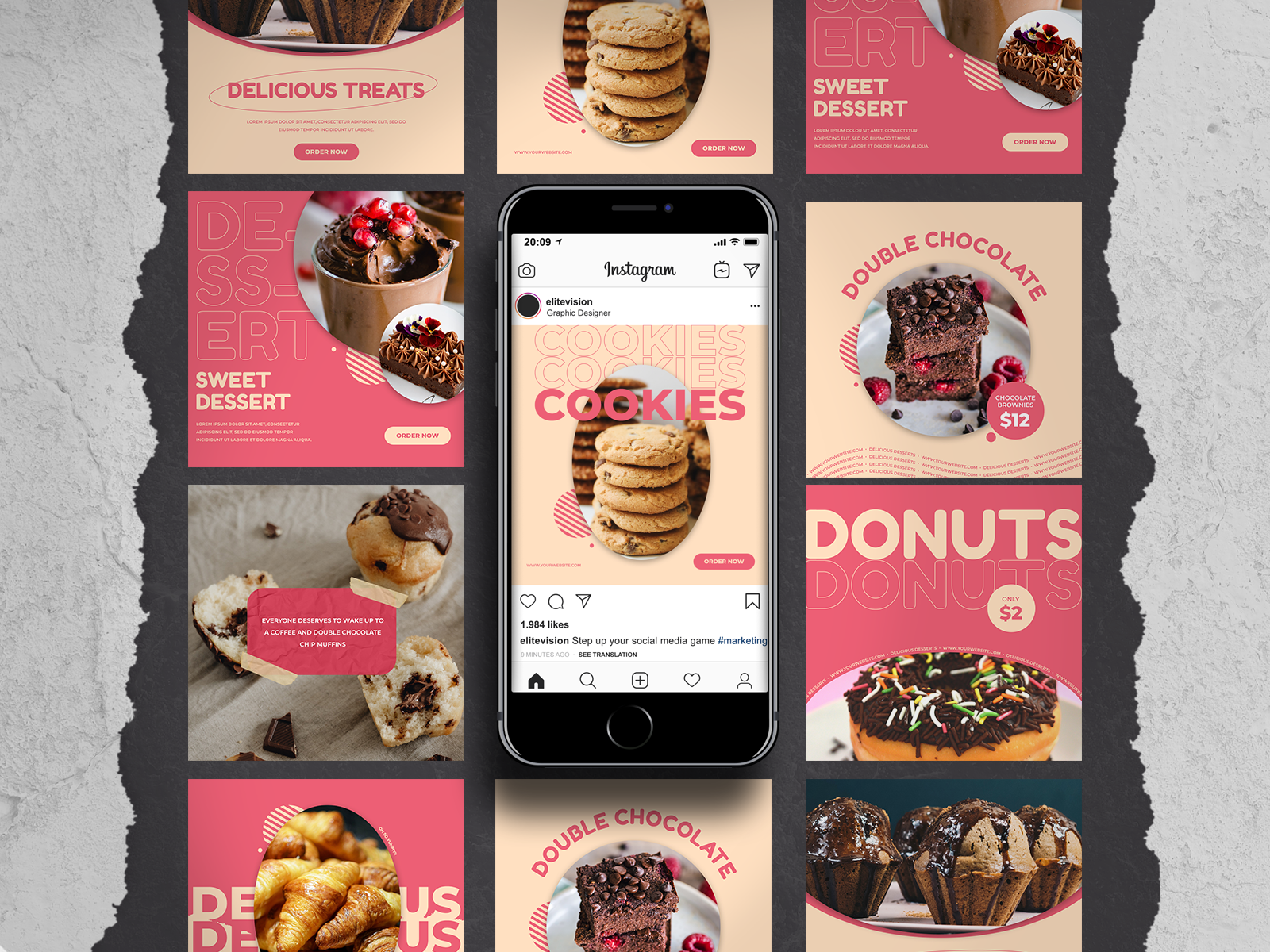
by admin | Jun 17, 2024 | Digital Marketing
The Future of Digital Marketing: Predictions and Strategies for Staying Ahead
Introduction
Digital marketing is an ever-evolving field, shaped by technological advancements, changing consumer behaviors, and emerging trends. As we look to the future, businesses must adapt and innovate to stay ahead of the curve. In this blog post, we will explore key predictions for the future of digital marketing, including the evolving consumer landscape, the increasing influence of social commerce, and the growing importance of data privacy. Additionally, we will provide actionable strategies that businesses can adopt to remain competitive and successful in this dynamic environment.
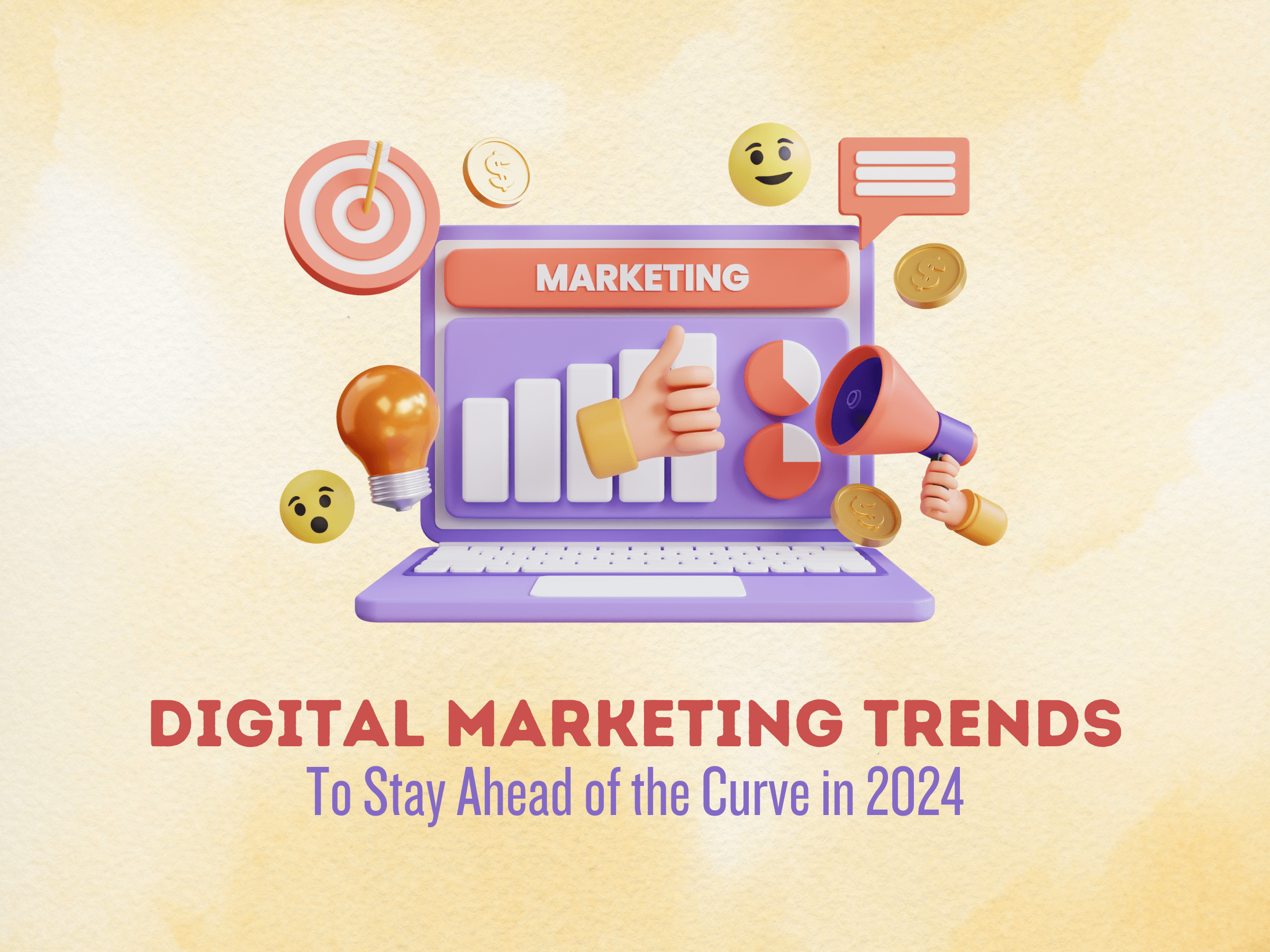
Index
- The Evolving Consumer Landscape
- The Rise of Social Commerce
- The Growing Importance of Data Privacy
- The Impact of Artificial Intelligence and Machine Learning
- The Expansion of Augmented Reality and Virtual Reality
- The Importance of Omnichannel Marketing
- Frequently Asked Questions
- Conclusion: Staying Ahead in the Future of Digital Marketing
The Evolving Consumer Landscape
The digital landscape is constantly shifting, and so are consumer behaviors and expectations. Today’s consumers are more informed, connected, and empowered than ever before. They demand personalized experiences, instant gratification, and seamless interactions across all touchpoints.

Key Trends
- Increased Mobile Usage: Mobile devices continue to dominate, with more consumers using smartphones for browsing, shopping, and social interactions.
- Voice Search and Smart Assistants: The growing popularity of voice-activated devices like Amazon Alexa and Google Home is changing how consumers search for information and make purchases.
- Personalization: Consumers expect tailored experiences that cater to their preferences and needs, making personalized marketing more critical than ever.
Actionable Strategies
- Optimize for Mobile: Ensure your website and content are mobile-friendly to provide a seamless experience for mobile users.
- Leverage Voice Search: Optimize your content for voice search by incorporating conversational keywords and providing concise, accurate answers.
- Invest in Personalization: Use data and analytics to deliver personalized content, product recommendations, and offers to your audience.

The Rise of Social Commerce
Social commerce, the integration of e-commerce and social media, is rapidly gaining traction. Platforms like Instagram, Facebook, and Pinterest are becoming powerful sales channels, allowing businesses to reach and engage consumers directly where they spend their time.
Space for Image: 
Key Trends
- Shoppable Posts: Social media platforms are introducing features that enable users to purchase products directly from posts and stories.
- Influencer Marketing: Influencers play a significant role in driving social commerce, leveraging their large followings to promote products and brands.
- Live Shopping: Live streaming has become a popular way to showcase products in real-time, offering interactive and engaging shopping experiences.
Actionable Strategies
- Create Shoppable Content: Utilize shoppable posts and tags on social media platforms to make it easy for consumers to purchase products.
- Collaborate with Influencers: Partner with influencers relevant to your industry to reach a broader audience and build trust with potential customers.
- Experiment with Live Shopping: Host live shopping events to showcase products, answer questions, and engage with your audience in real-time.

The Growing Importance of Data Privacy
As data breaches and privacy concerns become more prevalent, consumers are increasingly aware of how their data is being used and protected. Data privacy is not only a legal requirement but also a crucial factor in building trust and loyalty with your audience.

Key Trends
- Stricter Regulations: Laws like GDPR and CCPA are enforcing stricter data privacy regulations, requiring businesses to be transparent about data collection and usage.
- Consumer Awareness: Consumers are more conscious of their privacy rights and expect businesses to handle their data responsibly.
- Data Security: Ensuring robust data security measures is essential to protect consumer information and maintain trust.
Actionable Strategies
- Comply with Regulations: Stay informed about data privacy laws and ensure your business complies with all relevant regulations.
- Be Transparent: Clearly communicate your data collection and usage policies to consumers, providing them with control over their data.
- Invest in Security: Implement strong data security measures to protect consumer information from breaches and cyberattacks.

The Impact of Artificial Intelligence and Machine Learning
Artificial Intelligence (AI) and Machine Learning (ML) are revolutionizing digital marketing by enabling more efficient, effective, and personalized marketing strategies. These technologies are transforming how businesses analyze data, engage with customers, and optimize campaigns.

Key Trends
- Predictive Analytics: AI-powered tools can analyze vast amounts of data to predict consumer behavior and trends, allowing businesses to make informed decisions.
- Chatbots and Virtual Assistants: AI-driven chatbots provide instant customer support and personalized interactions, enhancing the customer experience.
- Content Generation: AI can generate personalized content at scale, tailoring messages to individual preferences and behaviors.
Actionable Strategies
- Utilize Predictive Analytics: Leverage AI tools to analyze data and predict consumer trends, helping you stay ahead of the competition.
- Implement Chatbots: Use AI-powered chatbots to provide 24/7 customer support and improve response times.
- Personalize Content: Use AI to create personalized content and recommendations, enhancing the relevance and effectiveness of your marketing efforts.

The Expansion of Augmented Reality and Virtual Reality
Augmented Reality (AR) and Virtual Reality (VR) are emerging technologies that offer immersive and interactive experiences, transforming how consumers engage with brands and products.

Key Trends
- Virtual Try-Ons: AR enables consumers to virtually try on products like clothing, accessories, and makeup, enhancing the online shopping experience.
- Immersive Brand Experiences: VR can create immersive brand experiences, allowing consumers to explore virtual environments and interact with products in innovative ways.
- Enhanced Product Visualization: AR and VR provide detailed and interactive product visualizations, helping consumers make informed purchase decisions.
Actionable Strategies
- Offer Virtual Try-Ons: Implement AR technology to allow customers to virtually try on products, reducing return rates and increasing satisfaction.
- Create Immersive Experiences: Use VR to create engaging and memorable brand experiences that differentiate you from competitors.
- Enhance Product Visuals: Leverage AR to provide detailed and interactive product visualizations, improving the online shopping experience.

The Importance of Omnichannel Marketing
Omnichannel marketing involves creating a seamless and integrated experience across all customer touchpoints, both online and offline. As consumers engage with brands through multiple channels, providing a consistent and cohesive experience is crucial.

Key Trends
- Integrated Customer Journeys: Consumers expect a seamless experience as they move between different channels and devices.
- Unified Data: Collecting and integrating data from all touchpoints provides a holistic view of the customer journey, enabling more personalized and effective marketing.
- Cross-Channel Consistency: Ensuring consistent messaging and branding across all channels is essential for building trust and loyalty.
Actionable Strategies
- Map the Customer Journey: Identify and optimize key touchpoints in the customer journey to provide a seamless experience.
- Unify Data: Integrate data from all channels to gain a comprehensive understanding of your customers and personalize your marketing efforts.
- Ensure Consistency: Maintain consistent messaging, branding, and experiences across all channels to build trust and loyalty with your audience.

Frequently Asked Questions
- What is the biggest trend in digital marketing?
- The biggest trend in digital marketing is the increasing use of AI and machine learning to analyze data, personalize content, and optimize campaigns.
- How can businesses prepare for the rise of social commerce?
- Businesses can prepare for social commerce by creating shoppable content, collaborating with influencers, and experimenting with live shopping events.
- Why is data privacy important in digital marketing?
- Data privacy is important because it builds trust with consumers, ensures compliance with regulations, and protects against data breaches.
- How can AI improve marketing strategies?
- AI can improve marketing strategies by providing predictive analytics, enhancing customer support with chatbots, and personalizing content at scale.
- What are the benefits of using AR and VR in marketing?
- AR and VR offer benefits such as virtual try-ons, immersive brand experiences, and enhanced product visualization, improving the customer experience.
- What is omnichannel marketing?
- Omnichannel marketing involves creating a seamless and integrated experience across all customer touchpoints, both online and offline.
- How can businesses optimize for voice search?
- Businesses can optimize for voice search by incorporating conversational keywords, providing clear and concise answers, and ensuring their business information is accurate.
- What role do influencers play in social commerce?
- Influencers drive social commerce by leveraging their influence and large followings to promote products and brands, reaching a wider audience and building trust with potential customers.
- How can businesses stay ahead in the evolving consumer landscape?
- Businesses can stay ahead by understanding consumer behaviors and preferences, offering personalized experiences, and leveraging emerging technologies like AI and AR.
- What are the key elements of a successful omnichannel marketing strategy?
- Key elements include mapping the customer journey, unifying data from all channels, ensuring cross-channel consistency, and providing seamless experiences across touchpoints.
Conclusion: Staying Ahead in the Future of Digital Marketing
As we look towards the future of digital marketing, it’s clear that businesses need to adapt and innovate to stay ahead of the curve. The evolving consumer landscape, the rise of social commerce, the growing importance of data privacy, and the impact of emerging technologies like AI, AR, and VR are reshaping the industry.
To thrive in this dynamic environment, businesses must:
- Embrace Personalization: Tailor experiences and content to individual preferences and behaviors.
- Leverage Emerging Technologies: Utilize AI, AR, and VR to enhance engagement and customer experiences.
- Prioritize Data Privacy: Build trust with consumers by ensuring transparent data practices and robust security measures.
- Optimize for Omnichannel: Provide seamless and integrated experiences across all customer touchpoints.
- Collaborate with Influencers: Partner with influencers to reach a wider audience and build brand credibility.

By adopting these strategies and staying agile in responding to industry trends and consumer demands, businesses can position themselves for success in the ever-evolving digital landscape.
In conclusion, the future of digital marketing holds exciting opportunities and challenges. By staying informed, adapting to emerging trends, and leveraging innovative strategies, businesses can not only survive but thrive in the digital age. Are you ready to shape the future of your digital marketing efforts? Contact us today to learn how we can help you stay ahead of the curve and achieve your business goals.


by admin | Jun 17, 2024 | Digital Marketing
The Art of Measurement: Essential KPIs for Tracking Digital Marketing Success
Introduction
In the dynamic world of digital marketing, tracking the return on investment (ROI) is often a major challenge for businesses. With so many different channels and strategies, it can be overwhelming to identify what works and what doesn’t. This is where Key Performance Indicators (KPIs) come into play. KPIs provide measurable values that demonstrate how effectively a company is achieving its key business objectives. In this blog post, we will delve into the essential KPIs for tracking digital marketing success across various channels such as SEO, social media, and PPC advertising. We’ll explain how to measure these KPIs and use the data to optimize your campaigns for better results.

Index
- Understanding KPIs in Digital Marketing
- SEO KPIs
- Social Media KPIs
- PPC Advertising KPIs
- How to Measure and Track KPIs
- Using KPIs to Optimize Campaigns
- Frequently Asked Questions
- Conclusion: Mastering the Art of Measurement
Understanding KPIs in Digital Marketing
Key Performance Indicators (KPIs) are metrics used to evaluate the success of various aspects of your digital marketing efforts. They provide insights into the effectiveness of your strategies, helping you make data-driven decisions.

Why KPIs Matter
- Measure Success: KPIs help you determine whether you are achieving your marketing goals.
- Identify Areas for Improvement: They highlight where your campaigns are underperforming.
- Optimize Budget Allocation: KPIs guide you in allocating resources to the most effective strategies.
- Demonstrate ROI: They provide concrete data to justify marketing spend and strategy adjustments.
Common Types of KPIs
- Quantitative KPIs: Numerical metrics such as website traffic, conversion rates, and revenue.
- Qualitative KPIs: Non-numerical metrics such as customer satisfaction and brand perception.
SEO KPIs
Search Engine Optimization (SEO) is crucial for driving organic traffic to your website. Tracking the right KPIs helps you understand the effectiveness of your SEO efforts.

Essential SEO KPIs
- Organic Traffic: Measures the number of visitors coming from search engines.
- Keyword Rankings: Tracks your website’s position for specific keywords.
- Backlinks: Indicates the number and quality of inbound links pointing to your site.
- Bounce Rate: Measures the percentage of visitors who leave your site after viewing only one page.
- Domain Authority: A score that predicts how well a website will rank on search engine result pages (SERPs).
How to Measure SEO KPIs
- Google Analytics: Provides detailed insights into organic traffic, bounce rate, and user behavior.
- Google Search Console: Offers data on keyword rankings, backlinks, and search queries.
- SEO Tools: Platforms like Ahrefs and SEMrush help track domain authority and backlink profiles.

Social Media KPIs
Social media marketing is vital for brand awareness, engagement, and driving traffic. Understanding social media KPIs can help you gauge the effectiveness of your social strategies.

Essential Social Media KPIs
- Engagement Rate: Measures interactions (likes, comments, shares) relative to your total followers.
- Reach: Indicates the total number of unique users who have seen your content.
- Impressions: Counts how many times your content has been displayed.
- Follower Growth: Tracks the increase in your social media followers over time.
- Click-Through Rate (CTR): Measures the percentage of users who click on your links.
How to Measure Social Media KPIs
- Platform Analytics: Use built-in analytics tools on platforms like Facebook Insights, Twitter Analytics, and Instagram Insights.
- Social Media Management Tools: Tools like Hootsuite and Sprout Social provide comprehensive analytics and reporting.
Space for Image: Insert a screenshot of Facebook Insights showing engagement metrics.
PPC Advertising KPIs
Pay-Per-Click (PPC) advertising is a highly measurable channel. Tracking the right KPIs can help you optimize your ad spend and improve campaign performance.

Essential PPC KPIs
- Click-Through Rate (CTR): Measures the percentage of people who click on your ad after seeing it.
- Cost Per Click (CPC): Indicates the average cost you pay for each click on your ad.
- Conversion Rate: Measures the percentage of clicks that result in a desired action (e.g., purchase, sign-up).
- Cost Per Acquisition (CPA): Indicates the cost to acquire a customer through your PPC campaign.
- Return on Ad Spend (ROAS): Measures the revenue generated for every dollar spent on PPC.
How to Measure PPC KPIs
- Google Ads: Provides detailed metrics on CTR, CPC, conversions, and ROAS.
- Social Media Ads: Platforms like Facebook Ads and LinkedIn Ads offer analytics for their PPC campaigns.
- Analytics Tools: Use tools like Google Analytics to track conversions and CPA.

How to Measure and Track KPIs
Tracking KPIs involves collecting data from various tools and platforms, analyzing it, and making informed decisions.
Steps to Measure and Track KPIs
- Define Your Goals: Clearly outline what you want to achieve with your marketing efforts.
- Select Relevant KPIs: Choose KPIs that align with your goals and marketing channels.
- Use Analytics Tools: Leverage tools like Google Analytics, social media analytics, and SEO platforms to gather data.
- Create Dashboards: Use tools like Google Data Studio or Excel to create dashboards that visualize your KPIs.
- Regular Reporting: Establish a routine for reporting and reviewing your KPIs to track progress and identify trends.

Using KPIs to Optimize Campaigns
Once you have measured your KPIs, the next step is to use the data to optimize your campaigns.
Steps to Optimize Campaigns
- Analyze Performance: Identify areas where your campaigns are underperforming.
- Adjust Strategies: Modify your strategies based on KPI data. For example, if your CTR is low, try different ad copy or targeting.
- A/B Testing: Run A/B tests to compare different versions of your campaigns and see what works best.
- Continuous Improvement: Digital marketing is an ongoing process. Continuously monitor your KPIs and make adjustments to improve performance.

Frequently Asked Questions
- What are KPIs in digital marketing?
- KPIs are measurable values that help you track the success of your digital marketing efforts.
- Why are KPIs important?
- KPIs provide insights into the effectiveness of your strategies, helping you make data-driven decisions and optimize your marketing efforts.
- How do I choose the right KPIs?
- Choose KPIs that align with your business goals and marketing channels. Consider what metrics are most important for measuring success in those areas.
- What tools can I use to track KPIs?
- Use tools like Google Analytics, social media analytics platforms, SEO tools, and PPC ad platforms to track your KPIs.
- How often should I review my KPIs?
- Regularly review your KPIs, at least monthly, to track progress and make necessary adjustments to your strategies.
- What is a good CTR for PPC campaigns?
- A good CTR varies by industry and platform, but generally, a CTR of 2-5% is considered good.
- How can I improve my SEO KPIs?
- Improve your SEO KPIs by optimizing your website for keywords, building quality backlinks, and improving site speed and user experience.
- What is the difference between reach and impressions on social media?
- Reach refers to the total number of unique users who have seen your content, while impressions count how many times your content has been displayed.
- How can I lower my CPA in PPC campaigns?
- Lower your CPA by improving your ad targeting, optimizing your landing pages, and continuously refining your ad copy and bids.
- What is the most important KPI for digital marketing?
- The most important KPI varies by business and goals, but common ones include conversion rate, ROI, and customer acquisition cost.
Conclusion: Mastering the Art of Measurement
Mastering the art of measurement in digital marketing involves understanding and tracking the right KPIs to evaluate the success of your campaigns. By focusing on essential KPIs for SEO, social media, and PPC advertising, you can gain valuable insights into your marketing performance and make informed decisions to optimize your strategies.
Remember, the key to successful digital marketing is continuous improvement. Regularly review your KPIs, analyze the data, and make adjustments to stay ahead of the competition. Whether you are a seasoned marketer or just starting, understanding and utilizing KPIs will help you achieve your marketing goals and drive business growth.
Ready to take your digital marketing to the next level? Contact us today to learn how we can help you track and optimize your KPIs for maximum success.

By following these insights and leveraging the expertise of a professional agency, you can stay ahead in the ever-evolving world of digital marketing and ensure your business thrives in the future.

Summary of Key Points
- Understanding KPIs in Digital Marketing: KPIs are essential metrics that help measure the success of your marketing efforts.
- SEO KPIs: Key metrics include organic traffic, keyword rankings, backlinks, bounce rate, and domain authority.
- Social Media KPIs: Focus on engagement rate, reach, impressions, follower growth, and click-through rate.
- PPC Advertising KPIs: Important KPIs include click-through rate, cost per click, conversion rate, cost per acquisition, and return on ad spend.
- How to Measure and Track KPIs: Use tools like Google Analytics, social media analytics, and SEO platforms to gather and analyze data.
- Using KPIs to Optimize Campaigns: Regularly review KPIs, adjust strategies, conduct A/B testing, and strive for continuous improvement.

Final Thoughts
Tracking and optimizing your digital marketing efforts through KPIs is an ongoing process that requires diligence and adaptability. By understanding the importance of KPIs, knowing how to measure them, and using the data to optimize your campaigns, you can significantly enhance your marketing performance and achieve your business objectives.
Whether you’re a small business owner or a marketing professional, mastering the art of measurement will empower you to make data-driven decisions that drive growth and success. Remember, the key is to continuously monitor, analyze, and adjust your strategies based on the insights gained from your KPIs.
For those who find this process overwhelming or time-consuming, partnering with a professional marketing agency can be a game-changer. Our agency specializes in tracking and optimizing digital marketing KPIs, ensuring that your campaigns are not only effective but also aligned with your business goals.
Ready to master the art of measurement and achieve digital marketing success? Contact us today to learn how we can help you track and optimize your KPIs for maximum impact.

By staying informed and proactive in tracking your digital marketing KPIs, you’ll be well-equipped to navigate the complexities of the digital landscape and drive your business towards continued success.

by admin | Jun 17, 2024 | Digital Marketing
Industry Trends: Demystifying Emerging Technologies in Digital Marketing
Introduction
The digital marketing landscape is evolving at an unprecedented pace, driven by technological advancements and changing consumer behaviors. To stay competitive, businesses must not only keep up with these changes but also anticipate and adapt to emerging trends. In this blog post, we will explore some of the most impactful emerging technologies in digital marketing, including AI-powered marketing tools, voice search optimization, and augmented reality (AR) experiences. We will demystify these concepts, explain their potential impact on businesses, and provide insights based on real-world experiences.

Index
- AI-Powered Marketing Tools
- Voice Search Optimization
- Augmented Reality (AR) Experiences
- Chatbots and Conversational Marketing
- Personalization and Customer Experience
- Data Privacy and Ethical Marketing
- Real-World Examples
- Conclusion: Preparing for the Future of Digital Marketing
AI-Powered Marketing Tools
Artificial Intelligence (AI) is revolutionizing digital marketing by automating processes, personalizing customer experiences, and providing actionable insights.
Understanding AI in Marketing
AI in marketing involves using machine learning algorithms and data analytics to enhance marketing efforts. AI can analyze vast amounts of data, identify patterns, and make predictions that help marketers make more informed decisions.
 .
.
Benefits of AI-Powered Tools
- Automation: AI can automate repetitive tasks such as email marketing, social media posting, and ad placements, freeing up time for strategic planning.
- Personalization: AI can deliver personalized content and recommendations based on user behavior and preferences.
- Predictive Analytics: AI can predict future trends and consumer behavior, enabling proactive marketing strategies.
Examples of AI-Powered Tools
- Chatbots: AI-driven chatbots can handle customer inquiries 24/7, providing instant support and improving customer satisfaction.
- Content Creation: AI tools like GPT-4 can generate high-quality content, from blog posts to social media updates.
- Ad Optimization: AI can optimize ad campaigns in real-time, adjusting bids and targeting to maximize ROI.

Voice Search Optimization
With the rise of smart speakers and voice assistants, voice search is becoming a crucial aspect of digital marketing.
Importance of Voice Search
Voice search allows users to speak their queries instead of typing them, making it faster and more convenient. As more consumers use voice search, businesses need to optimize their content to remain discoverable.

Tips for Voice Search Optimization
- Focus on Conversational Keywords: Voice search queries are typically longer and more conversational than text searches. Use natural language and long-tail keywords in your content.
- Provide Direct Answers: Voice assistants often read out direct answers from featured snippets. Structure your content to provide clear and concise answers.
- Optimize for Local Search: Many voice searches are local in nature. Ensure your business information is accurate and up-to-date on local directories and Google My Business.
Impact on SEO Strategy
Voice search optimization requires a shift in SEO strategy, focusing more on user intent and context rather than just keywords. Businesses that adapt to this trend will have a competitive advantage in search visibility.

Augmented Reality (AR) Experiences
Augmented Reality (AR) is transforming how consumers interact with brands by blending digital content with the physical world.
What is AR in Marketing?
AR in marketing involves overlaying digital elements onto the real world through devices like smartphones or AR glasses. This technology enhances the shopping experience by allowing customers to visualize products in their environment before making a purchase.

Benefits of AR for Businesses
- Enhanced Customer Engagement: AR provides interactive and immersive experiences that captivate users and encourage them to spend more time with the brand.
- Increased Conversion Rates: By allowing customers to try before they buy, AR can reduce uncertainty and increase purchase confidence.
- Differentiation: AR sets businesses apart from competitors by offering innovative and memorable customer experiences.
Examples of AR Applications
- Virtual Try-Ons: Beauty brands use AR to let customers virtually try on makeup products.
- Product Visualization: Furniture retailers offer AR apps for customers to see how items will look in their homes.
- Interactive Packaging: Some brands use AR to provide additional product information or entertainment through interactive packaging.

Chatbots and Conversational Marketing
Chatbots and conversational marketing are reshaping customer service and engagement by enabling real-time interactions.
The Role of Chatbots
Chatbots are AI-powered programs that can simulate human conversations. They are used in various channels, including websites, social media, and messaging apps, to assist customers and streamline communication.

Advantages of Chatbots
- 24/7 Availability: Chatbots provide instant responses to customer inquiries around the clock, improving customer satisfaction.
- Scalability: Chatbots can handle multiple conversations simultaneously, making them ideal for businesses with high customer interaction volumes.
- Data Collection: Chatbots can gather valuable customer data and insights, helping businesses understand their audience better.
Implementing Conversational Marketing
Conversational marketing involves using chatbots and live chat to engage customers in real-time, creating a personalized and seamless customer journey.

Personalization and Customer Experience
Personalization is becoming increasingly important as customers expect tailored experiences based on their preferences and behavior.
The Power of Personalization
Personalization involves using data and AI to deliver relevant content, recommendations, and offers to individual users. This approach enhances customer satisfaction and loyalty by making interactions more meaningful.

Strategies for Effective Personalization
- Data Collection and Analysis: Collect data from various touchpoints, such as website interactions, purchase history, and social media activity, to understand customer preferences.
- Segmentation: Divide your audience into segments based on common characteristics and behaviors to deliver targeted content.
- Dynamic Content: Use dynamic content that changes based on the user’s behavior and preferences, such as personalized product recommendations on e-commerce sites.
Impact on Customer Experience
Personalization creates a seamless and enjoyable customer experience, increasing engagement, conversion rates, and brand loyalty.

Data Privacy and Ethical Marketing
As personalization and data-driven marketing become more prevalent, concerns about data privacy and ethical marketing practices are also rising.
Importance of Data Privacy
Data privacy is crucial for building trust with customers. Businesses must handle personal data responsibly and comply with regulations such as GDPR and CCPA.

Best Practices for Ethical Marketing
- Transparency: Be clear about what data you collect and how it will be used. Provide easy-to-understand privacy policies.
- Consent: Obtain explicit consent from customers before collecting and using their data.
- Data Security: Implement robust security measures to protect customer data from breaches and unauthorized access.
Balancing Personalization and Privacy
While personalization is important, it should not come at the expense of privacy. Striking the right balance ensures a positive customer experience and maintains trust.

Real-World Examples
To illustrate the impact of these emerging technologies, let’s look at some real-world examples of businesses successfully leveraging them.
Example 1: Sephora
Sephora uses AI and AR to enhance the shopping experience. Their AI-powered chatbot provides personalized product recommendations, while their AR app allows customers to virtually try on makeup products.

Example 2: Domino’s Pizza
Domino’s has integrated voice search and AI into their ordering process. Customers can place orders using voice commands through smart speakers, and AI helps optimize delivery routes for faster service.

Example 3: IKEA
IKEA’s AR app lets customers visualize how furniture will look in their homes. This innovation has increased customer engagement and boosted sales by reducing uncertainty about purchases.

Frequently Asked Questions (FAQs)
- What is AI in marketing?
- AI in marketing involves using machine learning algorithms to automate processes, personalize experiences, and provide insights.
- How does voice search optimization differ from traditional SEO?
- Voice search optimization focuses on natural language and conversational keywords, while traditional SEO emphasizes shorter, more precise keywords.
- What are the benefits of AR in marketing?
- AR enhances customer engagement, increases conversion rates, and differentiates brands through interactive and immersive experiences.
- How do chatbots improve customer service?
- Chatbots provide instant, 24/7 support, handle multiple inquiries simultaneously, and gather valuable customer data.
- Why is personalization important in digital marketing?
- Personalization makes interactions more relevant and meaningful, increasing customer satisfaction and loyalty.
- What measures should businesses take for data privacy?
- Businesses should be transparent about data use, obtain consent, and implement robust security measures to protect customer data.
- How can small businesses implement AI in their marketing strategy?
- Small businesses can start by using AI-powered tools like chatbots for customer service, AI-based email marketing platforms, and social media management tools that offer automation and analytics.
- What is conversational marketing?
- Conversational marketing uses chatbots and live chat to engage customers in real-time, creating a personalized and seamless customer journey.
- How can I optimize my website for voice search?
- Focus on conversational keywords, provide clear and concise answers, and ensure your business information is accurate and up-to-date on local directories.
- What is the future of digital marketing with these emerging technologies?
- The future of digital marketing lies in further integration of AI, voice search, AR, and personalized experiences, leading to more efficient, engaging, and data-driven marketing strategies.
Conclusion: Preparing for the Future of Digital Marketing
As digital marketing continues to evolve, staying ahead of the curve with emerging technologies is crucial for maintaining a competitive edge. By understanding and implementing AI-powered tools, voice search optimization, AR experiences, conversational marketing, personalization, and ethical practices, businesses can enhance their marketing efforts and provide exceptional customer experiences.
However, navigating these technologies can be complex and time-consuming. Partnering with a professional agency can help you leverage these advancements effectively, ensuring your marketing strategies are innovative and impactful.
Our agency specializes in helping businesses integrate the latest digital marketing technologies. With our expertise and advanced tools, we can create customized strategies that drive growth and success. Whether you’re looking to implement AI, optimize for voice search, or create engaging AR experiences, we’re here to support your journey to the future of digital marketing.
Ready to embrace the future of digital marketing? Contact us today to learn how we can help you stay ahead of the curve and achieve your business goals.

Summary of Emerging Technologies in Digital Marketing
- AI-Powered Marketing Tools: Automate processes, personalize experiences, and provide actionable insights.
- Voice Search Optimization: Optimize for conversational keywords, provide direct answers, and focus on local search.
- Augmented Reality (AR) Experiences: Enhance customer engagement, increase conversion rates, and differentiate your brand.
- Chatbots and Conversational Marketing: Provide 24/7 support, handle multiple inquiries, and gather valuable customer data.
- Personalization and Customer Experience: Deliver relevant content, recommendations, and offers based on customer data.
- Data Privacy and Ethical Marketing: Ensure transparency, obtain consent, and implement data security measures.

Final Thought: Embracing emerging technologies in digital marketing is not just about keeping up with trends; it’s about creating innovative and effective strategies that drive growth and improve customer experiences. By staying informed and adapting to these changes, businesses can achieve remarkable success in the digital age.

by admin | Jun 17, 2024 | Digital Marketing
Target Audience Focus: DIY Marketing Tips with Industry Examples
Introduction
In today’s competitive market, many businesses are seeking ways to optimize their marketing strategies without breaking the bank. One effective approach is to handle some marketing tasks in-house, leveraging the power of DIY marketing. This blog post is designed to cater to potential clients who are interested in taking control of their marketing efforts. We will offer actionable DIY tips specific to your industry, showcase real-world examples of businesses that have successfully implemented these tactics, and conclude by highlighting how our agency can help elevate your marketing efforts to the next level.
Index
1. Understanding Your Target Audience
2. Creating Engaging Content
3. Leveraging Social Media
4. Optimizing Your Website for SEO
5. Utilizing Email Marketing
6. Analyzing and Adapting Your Strategy
7. Real-World Examples
8. Conclusion: Elevating Your Marketing Efforts with Our Agency
Understanding Your Target Audience
Understanding your target audience is the foundation of any successful marketing strategy. Without a clear picture of who your customers are, it’s challenging to create content and campaigns that resonate with them.
1. Identify Demographics and Psychographics:
– Demographics include age, gender, income level, education, and location.
– Psychographics involve interests, hobbies, values, and lifestyle choices.
2. Create Buyer Personas:
– Develop detailed profiles of your ideal customers to guide your marketing efforts.
3. Conduct Market Research:
– Use surveys, interviews, and focus groups to gather insights directly from your audience.
– Analyze data from your website and social media analytics to understand your audience’s behavior.
4. Segment Your Audience:
– Divide your audience into smaller, more manageable groups based on shared characteristics.
– Tailor your marketing messages to each segment for better engagement.
Creating Engaging Content
Content is king in the digital marketing world. Creating engaging, valuable content can attract and retain your audience, ultimately driving profitable customer action.
1. Understand Content Types:
– Blog posts, videos, infographics, podcasts, eBooks, and social media posts each serve different purposes.
.
2. Develop a Content Calendar:
– Plan your content in advance to ensure consistency and relevance.
– Include key dates, holidays, and industry events to capitalize on timely topics.
3. Focus on Quality Over Quantity:
– Prioritize producing high-quality content that provides real value to your audience.
– Use a mix of evergreen and trending topics to keep your content fresh and engaging.
4. Optimize for SEO:
– Use keywords strategically to improve your content’s search engine ranking.
– Ensure your content is well-structured with headings, subheadings, and bullet points for readability.
5. Encourage User-Generated Content:
– Foster a community around your brand by encouraging customers to share their own content.
– Share user-generated content on your channels to build trust and authenticity.
Leveraging Social Media
Social media platforms are powerful tools for connecting with your audience and promoting your brand. Here’s how to make the most of them:
1. Choose the Right Platforms:
– Focus on the social media platforms where your target audience is most active.
– Each platform has its unique strengths and demographics.
2. Develop a Social Media Strategy:
– Set clear goals for your social media efforts, such as increasing brand awareness, driving website traffic, or generating leads.
– Create a content plan that aligns with these goals.
3. Engage with Your Audience:
– Respond to comments, messages, and mentions promptly.
– Encourage conversations and build relationships with your followers.
4. Use Social Media Tools:
– Leverage tools like Hootsuite or Buffer to schedule posts and manage your social media accounts efficiently.
– Use analytics tools to track your performance and adjust your strategy as needed.
5. Run Social Media Campaigns:
– Use targeted ads and promotions to reach a wider audience and achieve specific goals.
– Monitor the performance of your campaigns and make data-driven decisions.
Optimizing Your Website for SEO
Search engine optimization (SEO) is crucial for increasing your website’s visibility and attracting organic traffic. Here are some key tips:
1. Conduct Keyword Research:
– Identify the keywords your target audience is using to search for products or services like yours.
– Use tools like Google Keyword Planner or SEMrush for research.
2. Optimize On-Page Elements:
– Ensure your titles, meta descriptions, headers, and content include relevant keywords.
– Use internal and external links to improve your site’s authority.
3. Improve Website Speed:
– A fast-loading website enhances user experience and improves your search engine ranking.
– Use tools like Google PageSpeed Insights to identify and fix issues.
4. Create High-Quality Backlinks:
– Earn backlinks from reputable websites to boost your site’s authority.
– Guest blogging and partnerships are effective ways to build backlinks.
5. Optimize for Mobile:
– Ensure your website is mobile-friendly, as a significant portion of web traffic comes from mobile devices.
– Use responsive design and test your site’s mobile performance.
Utilizing Email Marketing
Email marketing is a cost-effective way to nurture leads and build relationships with your audience. Here’s how to do it effectively:
1. Build a Quality Email List:
– Use opt-in forms on your website to collect email addresses.
– Offer incentives like free eBooks, discounts, or exclusive content to encourage sign-ups.
2. Segment Your Email List:
– Group your subscribers based on their interests, behaviors, or demographics.
– Tailor your email content to each segment for higher engagement.
3. Create Compelling Email Content:
– Write attention-grabbing subject lines and provide valuable content in your emails.
– Include clear calls to action to guide your readers.
4. Automate Your Email Campaigns:
– Use email marketing tools like Mailchimp or HubSpot to automate your campaigns.
– Set up welcome emails, drip campaigns, and follow-up sequences.
5. Analyze and Optimize:
– Track key metrics like open rates, click-through rates, and conversions.
– Use this data to refine your email marketing strategy.
Analyzing and Adapting Your Strategy
Marketing is an ongoing process that requires constant analysis and adaptation. Here’s how to stay ahead:
1. Track Your Metrics:
– Use tools like Google Analytics, social media insights, and email marketing reports to track your performance.
2. Identify What’s Working:
– Analyze your data to determine which tactics are driving the best results.
– Focus your efforts on the most effective strategies.
3. Make Data-Driven Decisions:
– Use your insights to make informed decisions about where to allocate your resources.
– Continuously test and optimize your campaigns for better results.
4. Stay Updated on Industry Trends:
– Keep up with the latest trends and best practices in your industry.
– Adapt your strategy to stay relevant and competitive.
Real-World Examples
Real-world examples can provide valuable insights and inspiration for your own marketing efforts. Here are a few businesses that have successfully implemented DIY marketing strategies:
1. Example 1: Local Bakery
– A small bakery used social media and email marketing to grow its customer base.
– By sharing behind-the-scenes content and offering exclusive deals, they built a loyal following.
2. Example 2: Online Clothing Store
– An e-commerce store optimized its website for SEO and created engaging blog content.
– Their efforts resulted in increased organic traffic and higher sales.
3. Example 3: Fitness Studio
– A fitness studio leveraged user-generated content and online reviews to build trust.
– They encouraged satisfied customers to share their experiences on social media.
Frequently Asked Questions (FAQs)
1. What is DIY marketing?
– DIY marketing refers to businesses handling their own marketing tasks without hiring external agencies.
2. Why should I consider DIY marketing?
– It can be cost-effective and allows you to have direct control over your marketing strategies.
3. What tools do I need for DIY marketing?
– Tools for social media management, email marketing, SEO, and analytics are essential.
4. How can I create engaging content?**
– Focus on providing value, using various content types, and optimizing for SEO.
5. Which social media platforms should I use?
– Choose platforms where your target audience is most active.
6. How can I improve my website’s SEO?
– Conduct keyword research, optimize on-page elements, and build high-quality backlinks.
7. What are the benefits of email marketing?
– It helps in nurturing leads, building relationships, and driving conversions.
8. How do I segment my audience?
– Use demographic, behavioral, and psychographic data to create segments.
9. What metrics should I track?
– Track metrics such as website traffic, social media engagement, email open rates, and conversion rates to gauge the effectiveness of your marketing efforts
10. How often should I update my marketing strategy?
– Regularly analyze your performance data and industry trends to make necessary adjustments. Quarterly reviews are a good starting point.
Conclusion: Elevating Your Marketing Efforts with Our Agency
While DIY marketing offers a great way to take control of your marketing efforts and manage costs, it can be time-consuming and complex. By implementing the tips and strategies outlined in this post, you can make significant strides in your marketing initiatives. However, partnering with a professional agency can take your efforts to the next level.
Our agency specializes in helping businesses like yours achieve their marketing goals through customized strategies and expert execution. We offer a range of services, including advanced SEO techniques, comprehensive social media management, professional content creation, and data-driven email marketing campaigns.
By working with us, you can benefit from:
- Expertise and Experience: Our team has the skills and knowledge to craft effective marketing strategies tailored to your industry.
- Time Savings: Free up your time to focus on your core business activities while we handle your marketing needs.
- Advanced Tools and Resources: Gain access to cutting-edge marketing tools and technologies that can give you a competitive edge.
- Measurable Results: We track and analyze your marketing performance to ensure continuous improvement and maximum ROI.
Ready to take your marketing to new heights? Contact us today to learn how we can help you achieve your business objectives and grow your brand.

Summary of DIY Marketing Tips
- Understanding Your Target Audience: Develop detailed buyer personas and conduct thorough market research.
- Creating Engaging Content: Plan a diverse content calendar and prioritize quality over quantity.
- Leveraging Social Media: Choose the right platforms, engage with your audience, and utilize social media tools.
- Optimizing Your Website for SEO: Conduct keyword research, improve site speed, and build backlinks.
- Utilizing Email Marketing: Build a quality email list, segment your audience, and create compelling content.
- Analyzing and Adapting Your Strategy: Track key metrics, make data-driven decisions, and stay updated on trends.

Final Thought: DIY marketing can be incredibly rewarding, offering a hands-on approach to growing your business. With the right strategies and a bit of effort, you can achieve impressive results. However, when you’re ready to scale and seek professional assistance, our agency is here to support your journey to success.

by admin | Jun 11, 2024 | Digital Marketing

In the ever-evolving world of web development, choosing the right website builder can feel like navigating a maze. For beginners, it can be overwhelming, and for experienced developers like myself, it’s about finding a tool that balances creative freedom with efficiency. Over the years, I’ve experimented with numerous website builders, each with its own strengths and weaknesses. But recently, the Divi website builder has emerged as a favorite for its unique approach to web design.
What is a Website Builder and How Does Divi Fit In?
Before diving into Divi’s specifics, let’s establish a common ground. A website builder is a software application that allows users to create and manage websites without extensive coding knowledge. These tools typically offer drag-and-drop interfaces, pre-designed templates, and various modules for adding functionality. Learn more about what a website builder is.
Divi, on the other hand, goes beyond the standard website builder. It’s a WordPress theme and visual page builder rolled into one. This means it replaces the standard WordPress editor with a powerful visual interface, allowing you to design your website directly on the front-end.
Why Divi Website Builder Captivated Me: A Developer’s Perspective
As a developer, I’ve always valued the precision and control that coding provides. However, the Divi website builder has shown me the power of visual website building. Here’s what truly won me over:
Unleashing Your Inner Picasso: Visual Design Freedom
Imagine creating a website with the same freedom you have when painting a picture. With the Divi website builder, that level of creative control becomes a reality. Unlike traditional website builders that restrict you to predefined layouts, Divi empowers you to work directly on the visual front-end. You can position elements with pixel-perfect precision, adjust styles with intuitive controls, and experiment with different configurations to achieve your desired look and feel. This visual approach allows you to see your design take shape in real-time, fostering an iterative design process that feels natural and engaging.
A Buffet of Building Blocks: Modules and Layouts
Divi boasts an impressive library of modules, which are essentially pre-built elements like buttons, forms, testimonials, and more. These modules can be dragged and dropped onto your page and customized to fit your needs. This eliminates the need to code these elements from scratch, saving you significant time and effort.
What truly elevates Divi’s design capabilities is the combination of modules, sections, and rows. Sections are containers that group rows together, allowing you to structure your page. Rows, in turn, hold your modules. This flexible system empowers you to create intricate and visually appealing layouts that would be challenging to achieve with simpler website builders.
Pre-Designed Templates: A Head Start for All Skill Levels
Divi comes with a vast collection of pre-designed website templates catering to diverse industries and purposes. These templates act as a starting point, saving you the hassle of building a website from scratch. Even with limited design experience, you can quickly customize these templates to match your brand and vision.
User-Friendly Interface: Designed for Ease of Use
Divi’s interface is intuitive and user-friendly. The drag-and-drop functionality makes it easy to position elements and structure your page. Even those new to web design can quickly grasp the basic functionalities. Additionally, Divi offers extensive documentation and tutorials to help you master its features. Check out Divi’s tutorials here.
Beyond the Shine: Limitations to Consider
While Divi offers a compelling set of features, it’s important to acknowledge its limitations:
Customization with Boundaries: Not For Complete Design Freedom
Despite its flexibility, Divi doesn’t offer complete design freedom. You’re still somewhat constrained by the built-in modules and layout options. If you have highly specific design requirements that fall outside Divi’s framework, you might find yourself needing to write custom code.
The Learning Curve: Mastering the Nuances
While user-friendly, Divi has a bit of a learning curve. The sheer number of features and customization options can be overwhelming for absolute beginners. However, with dedication and exploration, you can quickly unlock Divi’s true potential.
Frequently Asked Questions: Unveiling Divi’s Mysteries
Since diving into Divi, I’ve encountered many questions from fellow developers and beginners alike. Here, I’ll address some of the most common ones:
Is Divi a good fit for beginners?
Divi can be a good fit for beginners, especially those comfortable with visual interfaces and basic website concepts. The pre-designed templates and user-friendly interface lower the barrier to entry. However, the learning curve can be steeper compared to simpler website builders.
Do I need to know how to code to use Divi?
While Divi empowers you to create beautiful websites without extensive coding, basic HTML and CSS knowledge can prove beneficial for fine-tuning specific elements. For more complex customizations that fall outside Divi’s framework, coding becomes essential.
Is Divi good for SEO (Search Engine Optimization)?
Divi itself doesn’t directly impact SEO. However, it provides you with the tools to build websites with clean code and proper structure, which are essential for good SEO. Ultimately, your SEO performance will depend on how you optimize your content and website structure. Learn more about SEO best practices.
Can I use Divi to build an eCommerce website?
Absolutely! Divi integrates seamlessly with WooCommerce, a popular eCommerce plugin for WordPress. This combination allows you to create fully functional online stores with shopping carts, product pages, and payment gateways. Discover how to set up WooCommerce with Divi.
How much does Divi cost?
Divi offers a yearly membership plan that provides access to the theme, all future updates, and their extensive library of website templates. They also offer a lifetime membership option for a one-time fee.
Is Divi worth the investment?
Whether Divi is worth it depends on your needs. If you plan on building multiple websites or want the flexibility and control Divi offers, it can be a valuable investment. However, if you only need a simple website and don’t plan on building many, a more affordable website builder might be sufficient.
What are some alternatives to Divi?
Several popular website builders compete with Divi. These include Elementor, Beaver Builder, Wix, and Squarespace. Each offers unique features and price points. Consider your needs and budget when making your choice.
How can I learn more about Divi?
Elegant Themes, the creators of Divi, offer comprehensive documentation, tutorials, and video guides on their website. They also have a thriving online community where you can ask questions and get help from other Divi users.
Are there any cons to using Divi?
While powerful, Divi can sometimes generate bloated code, which can impact website loading speed. However, Divi offers built-in settings and plugins to help mitigate this issue. Additionally, the visual interface can be resource-intensive, potentially slowing down your website backend while editing.
Will Divi become obsolete in the future?
The website building landscape is constantly evolving. However, Elegant Themes has a proven track record of keeping Divi up-to-date with the latest trends and technologies. It’s likely Divi will remain a relevant option for years to come.
Conclusion: Choosing the Right Tool for the Job
There’s no single “best” website builder. The ideal choice depends on your skill level, project requirements, and budget. For those seeking a balance between creative freedom and ease of use, the Divi website builder stands out as a powerful tool. By leveraging its visual design capabilities, extensive module library, and user-friendly interface, you can create stunning websites that meet your unique needs. Explore Divi’s features.
Learn More about Digital Marketing At- Think Deep Digital











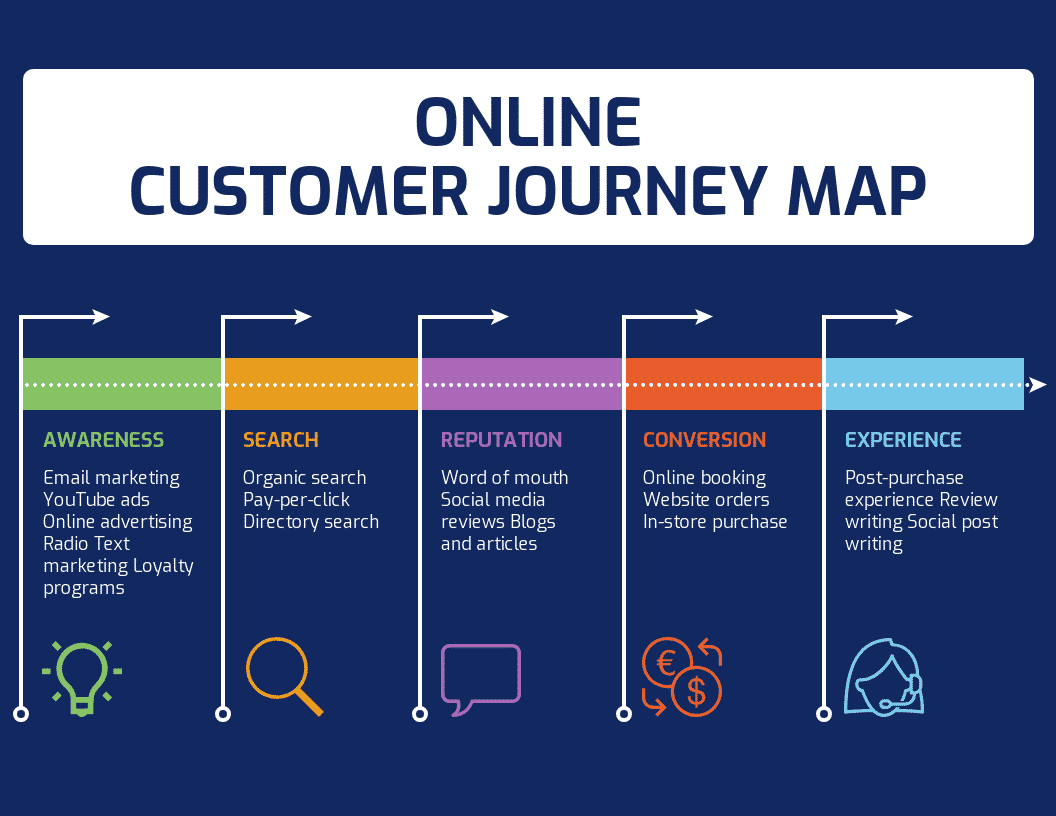
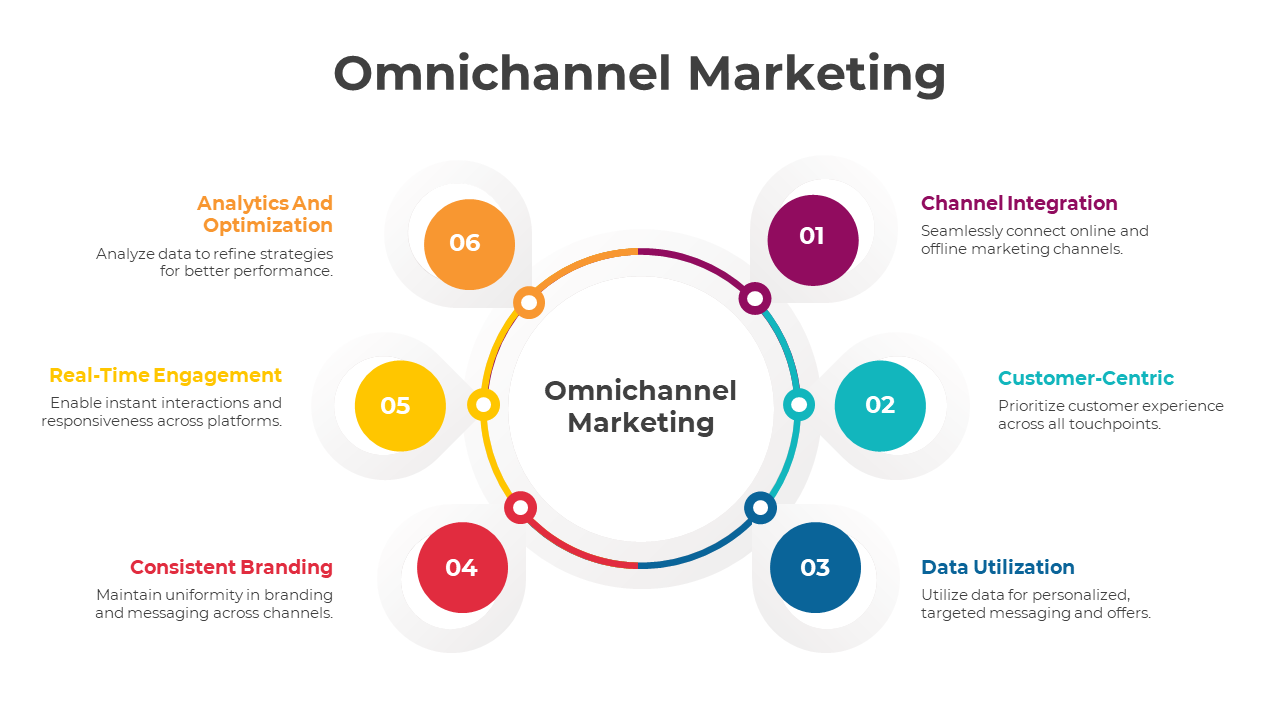
![]()



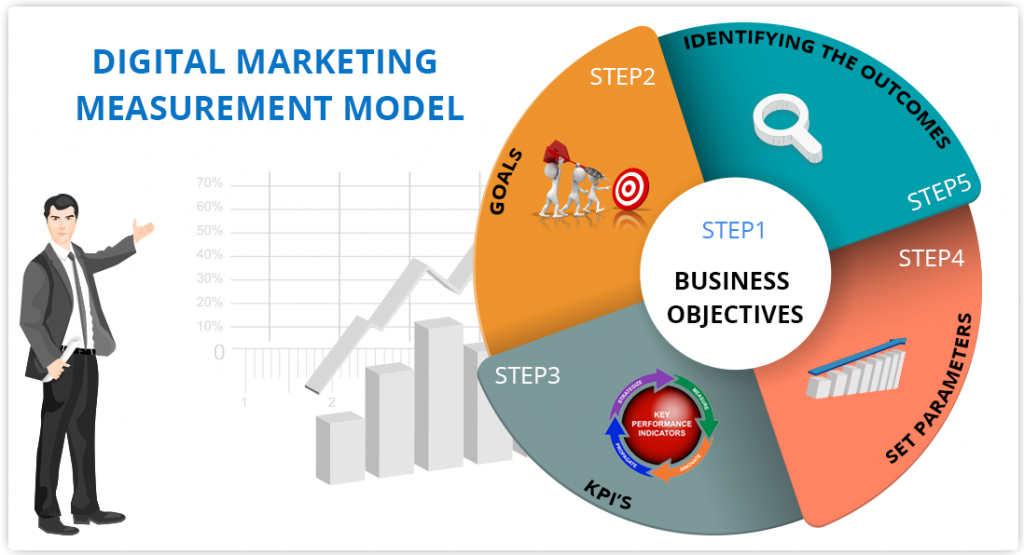
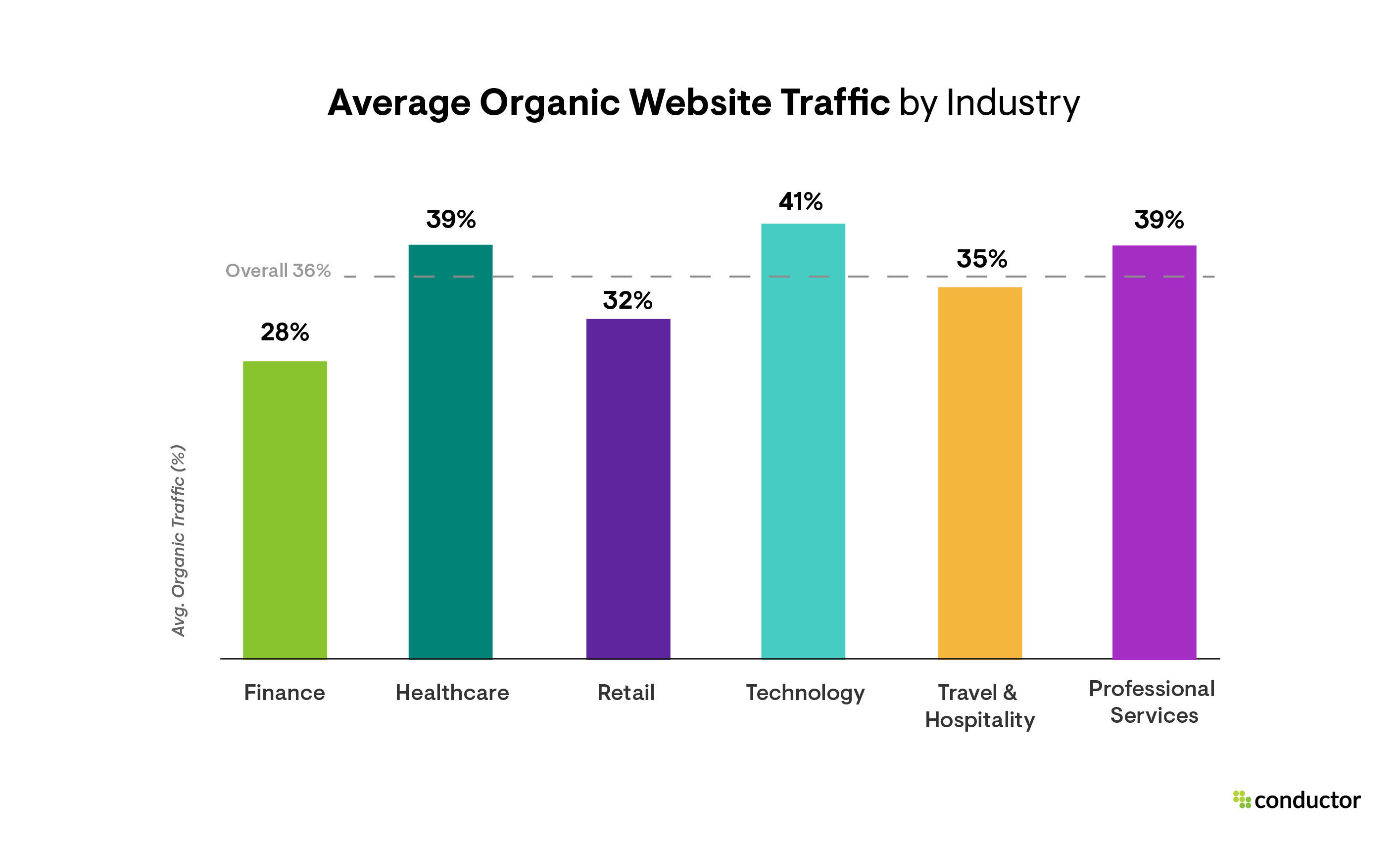
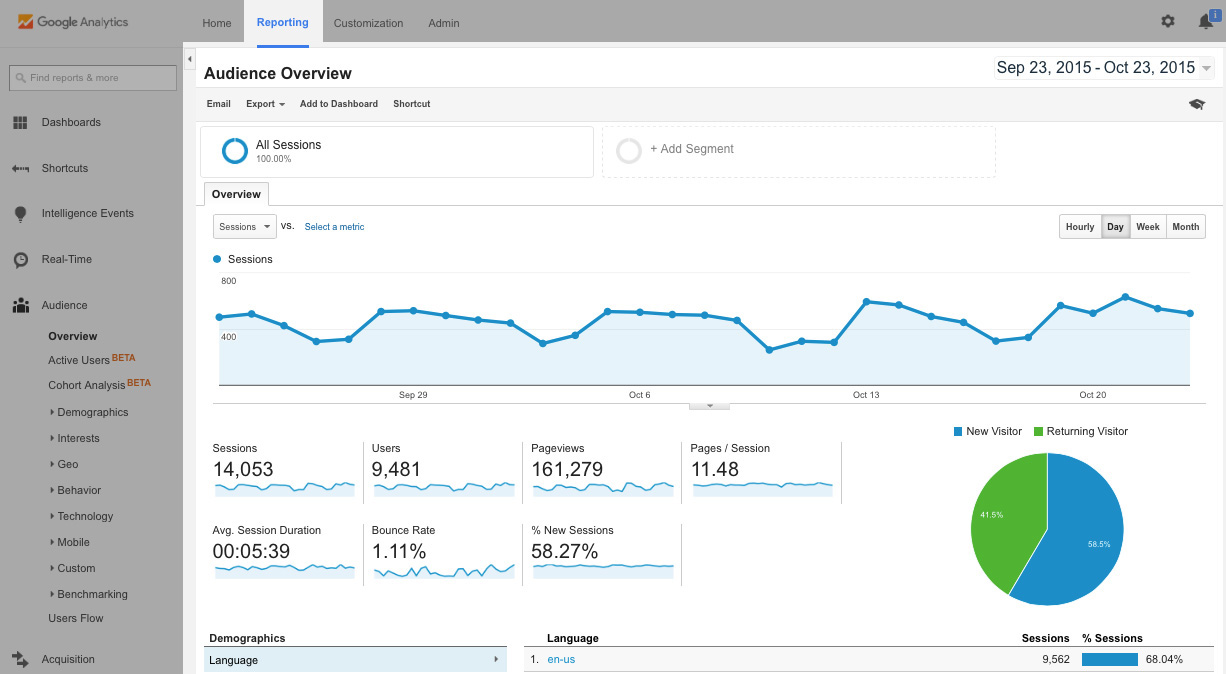

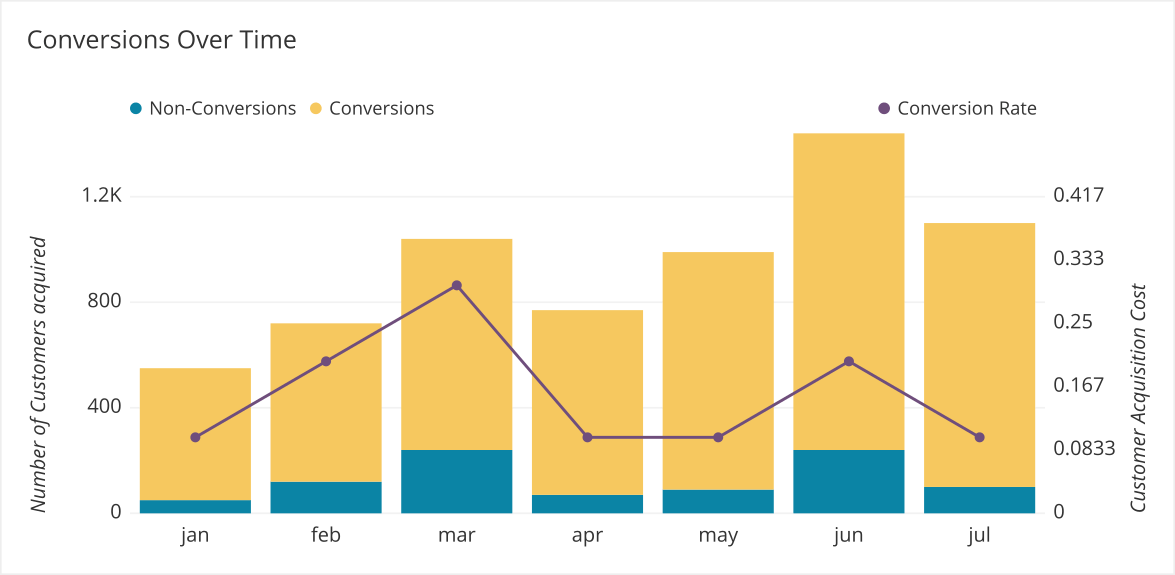



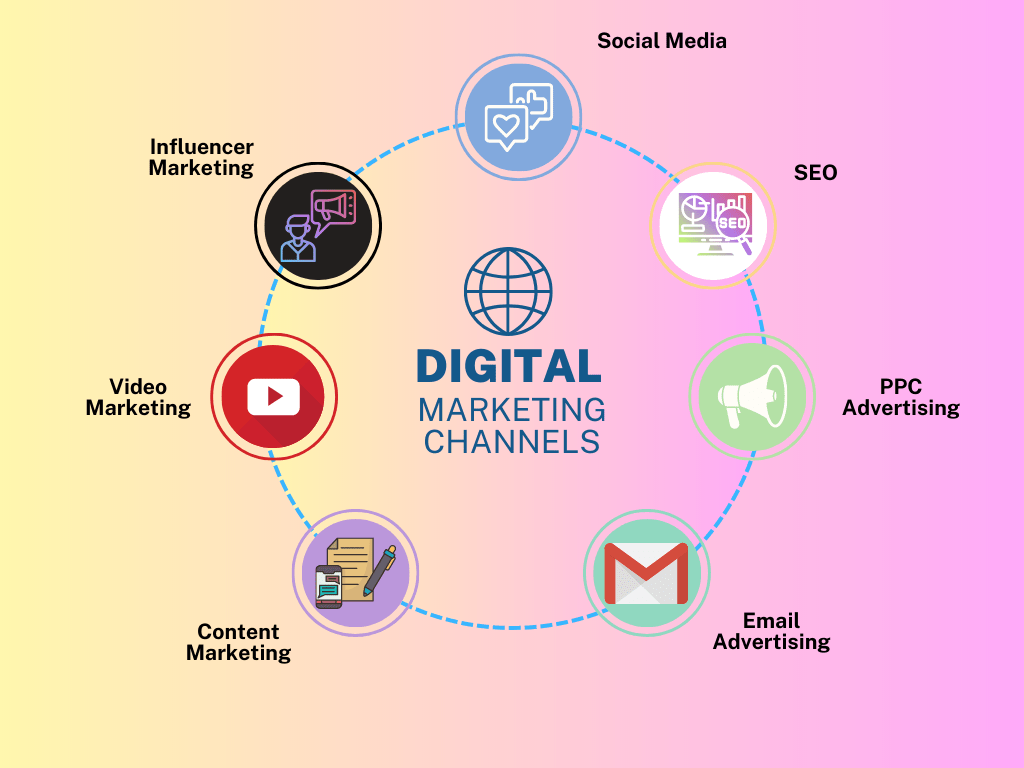
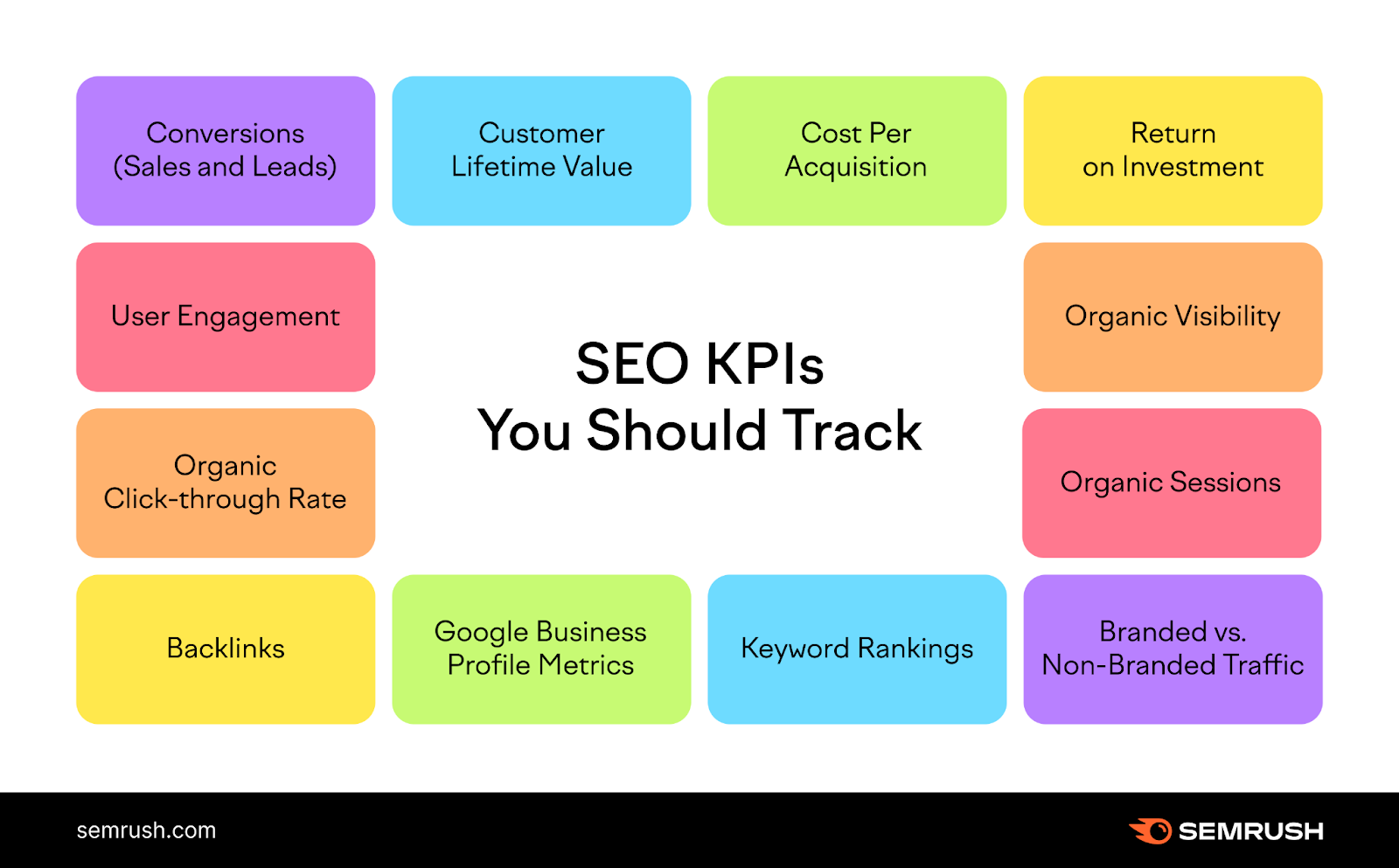

 .
.




